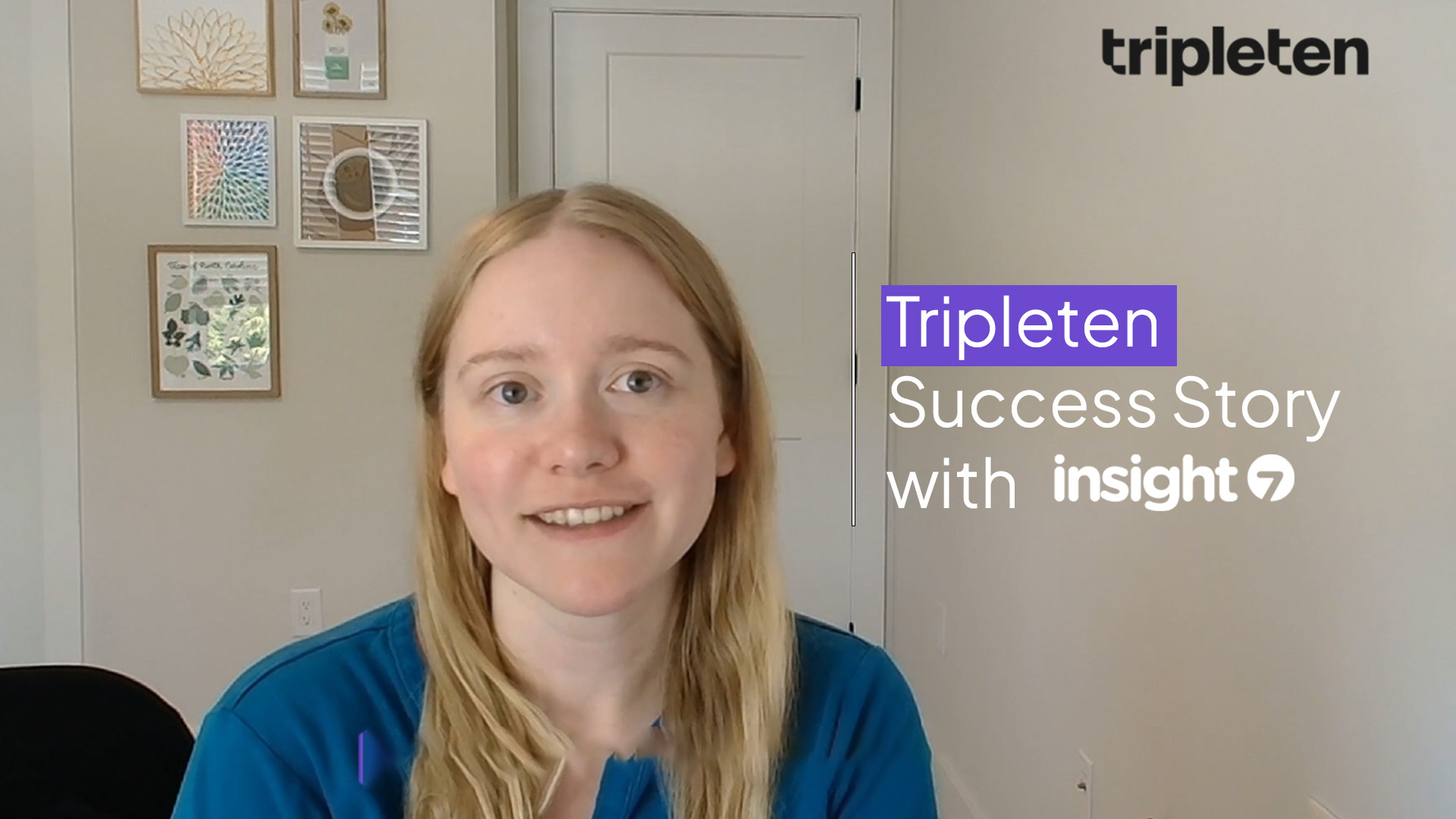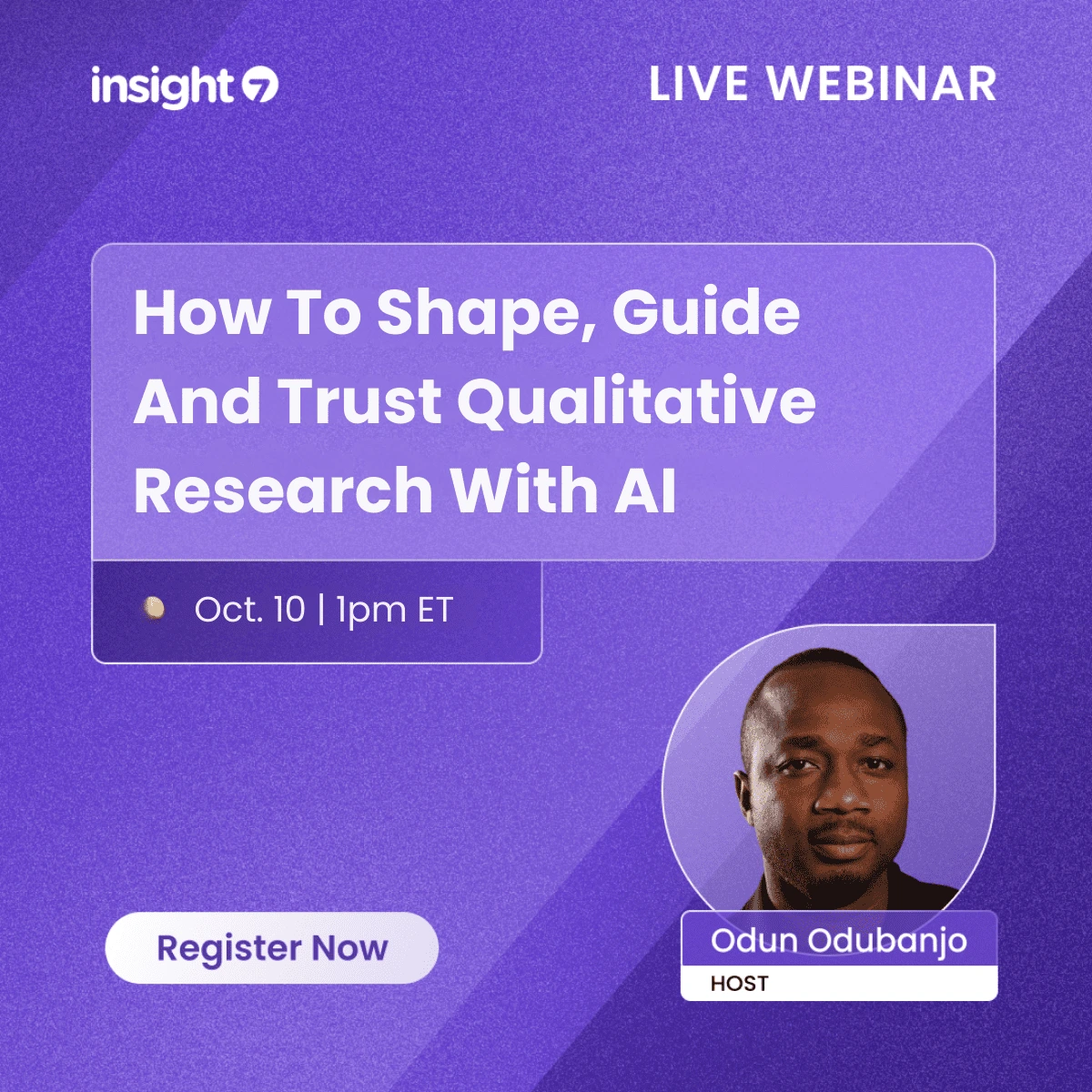Speech Analytics Call Center Software: Improving Agent Performance
-
Bella Williams
- 10 min read
Imagine a bustling call center where agents are juggling multiple customer inquiries, but despite their best efforts, call abandonment rates are soaring, and customer satisfaction scores are plummeting. The pressure is mounting as management realizes that each missed call represents not just lost revenue but also a potential customer lost forever. In this high-stakes environment, the need for a solution becomes clear. Enter Speech Analytics Call Center Software, a game-changing tool that transforms customer interactions into actionable insights, empowering agents to enhance their performance and ultimately drive business success.
What’s Broken With the Old Way?
In many call centers, traditional methods of monitoring and evaluating agent performance are fraught with challenges. Managers often rely on random sampling of calls, leading to a skewed understanding of agent effectiveness. Manual note-taking and inconsistent quality assurance processes create blind spots, leaving teams unaware of missed follow-ups and unresolved customer issues. As customer expectations evolve and competition intensifies, these outdated practices no longer suffice. The demand for a more data-driven approach is urgent, as organizations must adapt to meet the rising standards of customer service.
Definition and Core Value Proposition of Speech Analytics
Speech Analytics Call Center Software is a sophisticated tool designed to analyze voice interactions between agents and customers, extracting valuable insights from these conversations. Unlike traditional methods that focus on a small sample of calls, Speech Analytics leverages AI to analyze 100% of interactions, identifying trends, training opportunities, and areas for improvement. For example, instead of managers listening to just five random calls, the software evaluates thousands of conversations, providing a comprehensive view of agent performance and customer sentiment.
How Does Speech Analytics Transform Daily Work?
- For Sales Reps: With real-time feedback and coaching prompts, agents can adjust their approach during calls, enhancing follow-up effectiveness and increasing conversion rates.
- For Managers: The software revolutionizes coaching and reporting by delivering data-driven insights into agent performance, enabling targeted training and support.
- For Leadership: Enhanced visibility into customer interactions and trends reshapes forecasting and decision-making, allowing leaders to allocate resources more effectively and strategically.
What Can Teams Unlock With Speech Analytics?
- Real-time sentiment analysis → Improved customer satisfaction scores
- Automated call scoring → Faster identification of training needs
- Comprehensive performance dashboards → Enhanced decision-making and resource allocation
- Trend identification → Proactive service improvements
Market Forces Driving Speech Analytics Adoption
The adoption of Speech Analytics is being accelerated by several market forces, including advancements in AI technology, increasing competition, the rise of remote work, and heightened expectations for data-driven insights. Organizations are facing pressure to improve training speed and customer engagement, making Speech Analytics a strategic necessity. In the next 1–3 years, companies that leverage this technology will gain a competitive edge, allowing them to adapt swiftly to market changes and customer demands.
Data Infrastructure for Speech Analytics Success
Successful implementation of Speech Analytics requires a robust data infrastructure. Key ingredients include comprehensive call recordings, seamless CRM integration, sentiment markers, and quality assurance scores. The quality and variety of data are crucial for ensuring trust and accuracy in the insights generated. Better data inputs lead to sharper, more actionable outputs, enabling teams to make informed decisions based on reliable information.
The Speech Analytics Technology Engine: Under the Hood
Think of Speech Analytics as a smart assistant that never sleeps:
- Every customer interaction flows into a central intelligence hub.
- Natural language processing (NLP) extracts meaning from unstructured conversations.
- Machine learning algorithms identify behavioral patterns across thousands of interactions.
- Historical performance data creates predictive models for future outcomes.
- Contextual recommendations appear exactly when teams need them most.
- Continuous learning loops refine accuracy with each new conversation.
Where Speech Analytics Creates Breakthrough Results
Speech Analytics serves as a competitive differentiator by:
- Accelerating deal velocity by surfacing urgency signals that competitors miss.
- Transforming average performers into top quartile agents through precision coaching.
- Preventing customer defection by catching early warning signs in tone and language.
- Optimizing resource allocation by predicting which opportunities deserve focus.
What Should You Look for in a Speech Analytics Platform?
When evaluating Speech Analytics platforms, consider must-have features that distinguish leaders from laggards. Look for accuracy, multilingual support, seamless CRM integration, and intuitive dashboards. An AI-first solution outperforms legacy or manual methods, providing capabilities such as real-time insights and automated sentiment detection.
Snapshot Comparison:
| Area | AI-Enabled Approach | Old Approach |
|---|---|---|
| Coverage | 100% of calls | Random sample |
| Insights | Real-time, predictive | Delayed, manual |
| Sentiment | Automated detection | Guesswork |
| Reporting | Unified dashboards | Fragmented spreadsheets |
Common Challenges in Implementing Speech Analytics
Implementing Speech Analytics is not without its challenges. Organizations may face pitfalls such as launching without cleaning data, treating AI outputs as final truths rather than decision support, and failing to integrate insights into existing workflows. To overcome these challenges, best practices include ensuring data quality, fostering a culture of continuous improvement, and involving teams in the implementation process.
How Do You Begin the Journey with Speech Analytics?
Starting your journey with Speech Analytics can be straightforward:
- Identify your highest-value use case (e.g., conversion improvement, agent training, customer service enhancement).
- Connect call data and CRM systems for seamless integration.
- Run a pilot program on a small team to validate effectiveness.
- Train models and collect feedback from users.
- Expand implementation to additional teams based on pilot results.
- Review outcomes regularly and adjust strategies as necessary.
Advanced Speech Analytics Program Maturity
Best-in-class organizations differentiate themselves by frequently reviewing insights, balancing automation with human judgment, and fostering a culture of coaching and transparency. These practices contribute to sustained success, ensuring that teams continuously improve and adapt to changing customer needs.
How Do You Prove Speech Analytics is Working?
To demonstrate the effectiveness of Speech Analytics, focus on metrics that reveal real progress, such as conversion lift, resolution rates, sentiment trends, and forecasting accuracy. Linking call insights to business outcomes provides tangible evidence of improved decision-making and enhanced customer experiences.
Common Questions About Speech Analytics
- Isn’t this just call recording with better dashboards? → Speech Analytics goes beyond simple recording by providing actionable insights and real-time analysis.
- How much call history do we need before insights are meaningful? → Typically, a few weeks of data can yield valuable insights, but more extensive histories enhance accuracy.
- Can we trust AI with sensitive data? → Yes, reputable platforms prioritize security and compliance, ensuring data protection.
- Does this work for global or multilingual teams? → Many Speech Analytics solutions support multiple languages, making them suitable for diverse teams.
Real-World Case Studies
Consider organizations that have successfully implemented Speech Analytics. For instance, a leading tech support company faced high call abandonment rates and low customer satisfaction. By adopting Speech Analytics, they gained insights into agent performance and customer sentiment, leading to a 30% increase in customer satisfaction scores and a significant reduction in call abandonment.
Final Word
The challenges faced by call centers today are significant, but Speech Analytics offers a powerful solution. By transforming customer interactions into actionable insights, organizations can enhance agent performance, improve customer satisfaction, and drive business growth. As we move forward, embracing AI-driven insights will be crucial for scaling revenue and enhancing customer impact in an increasingly competitive landscape.







